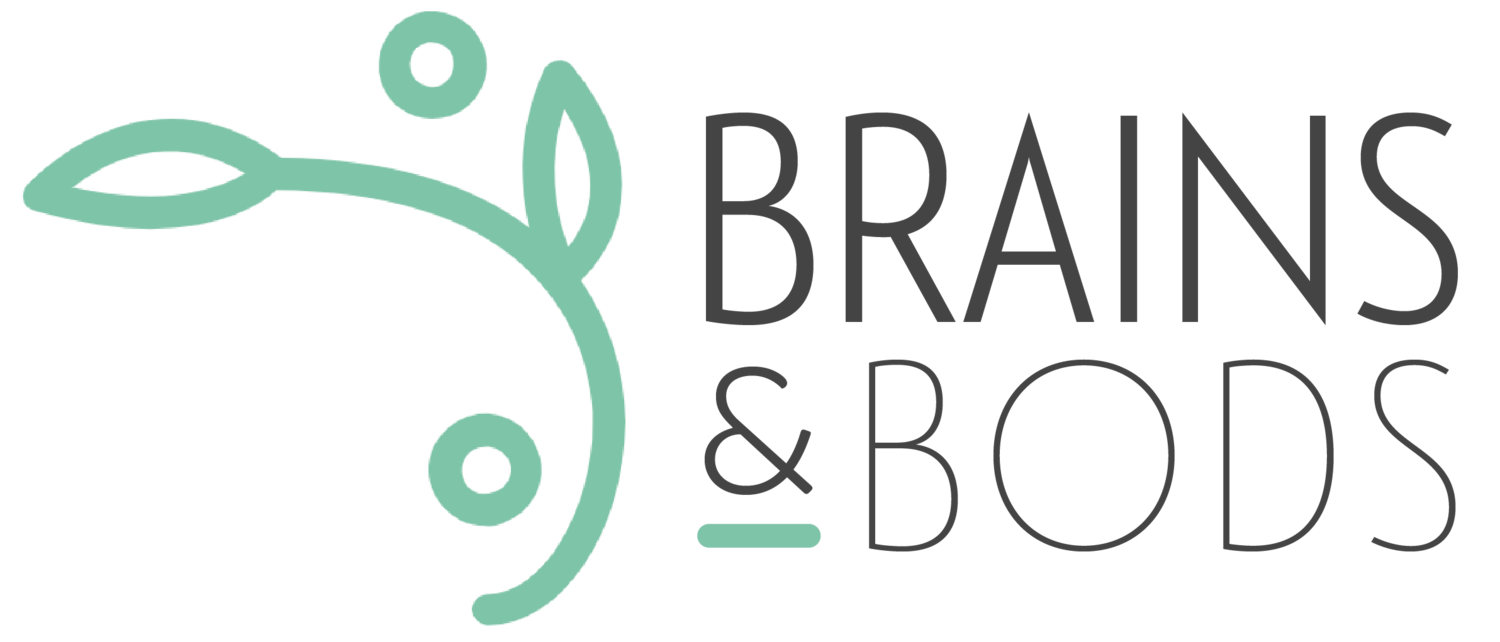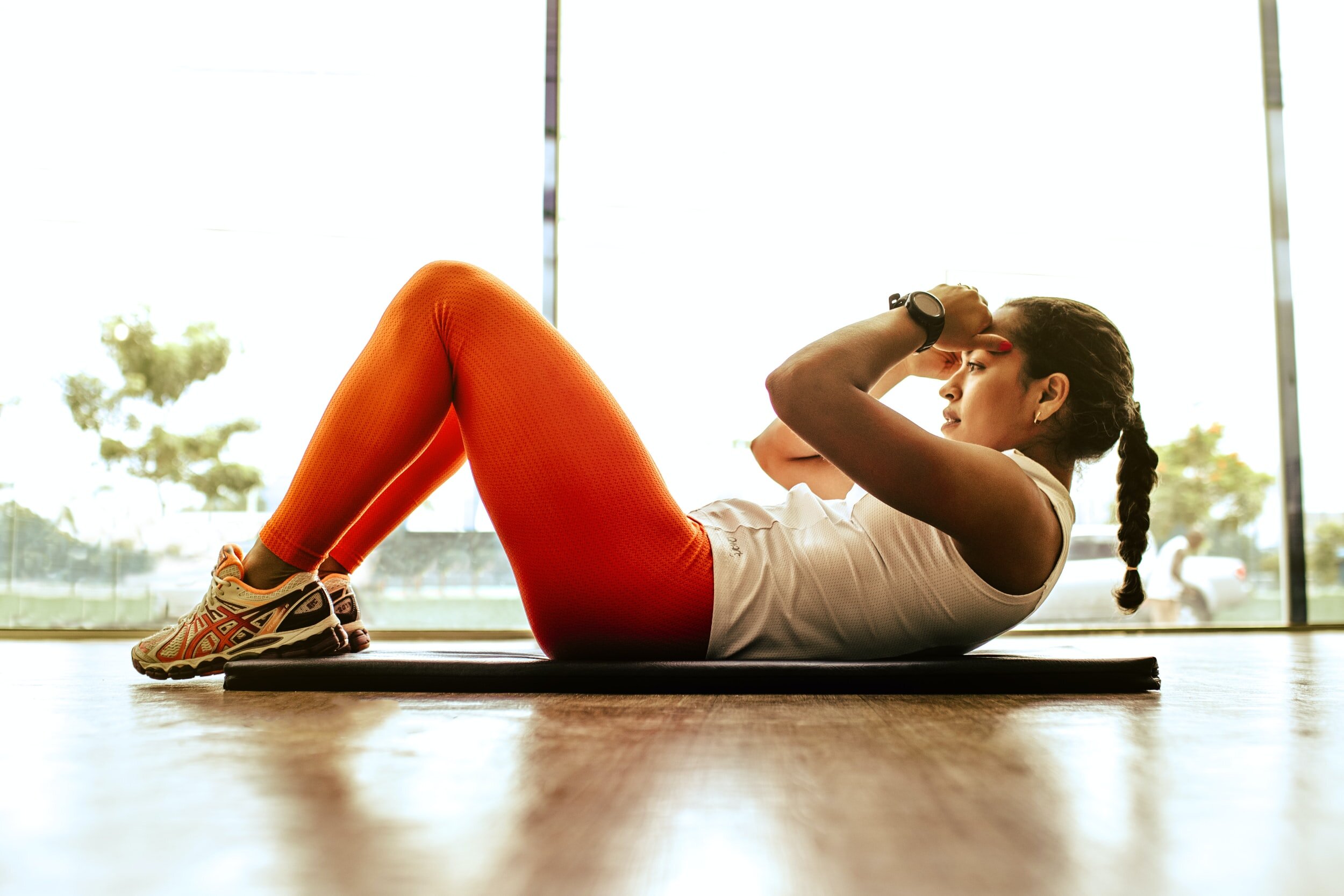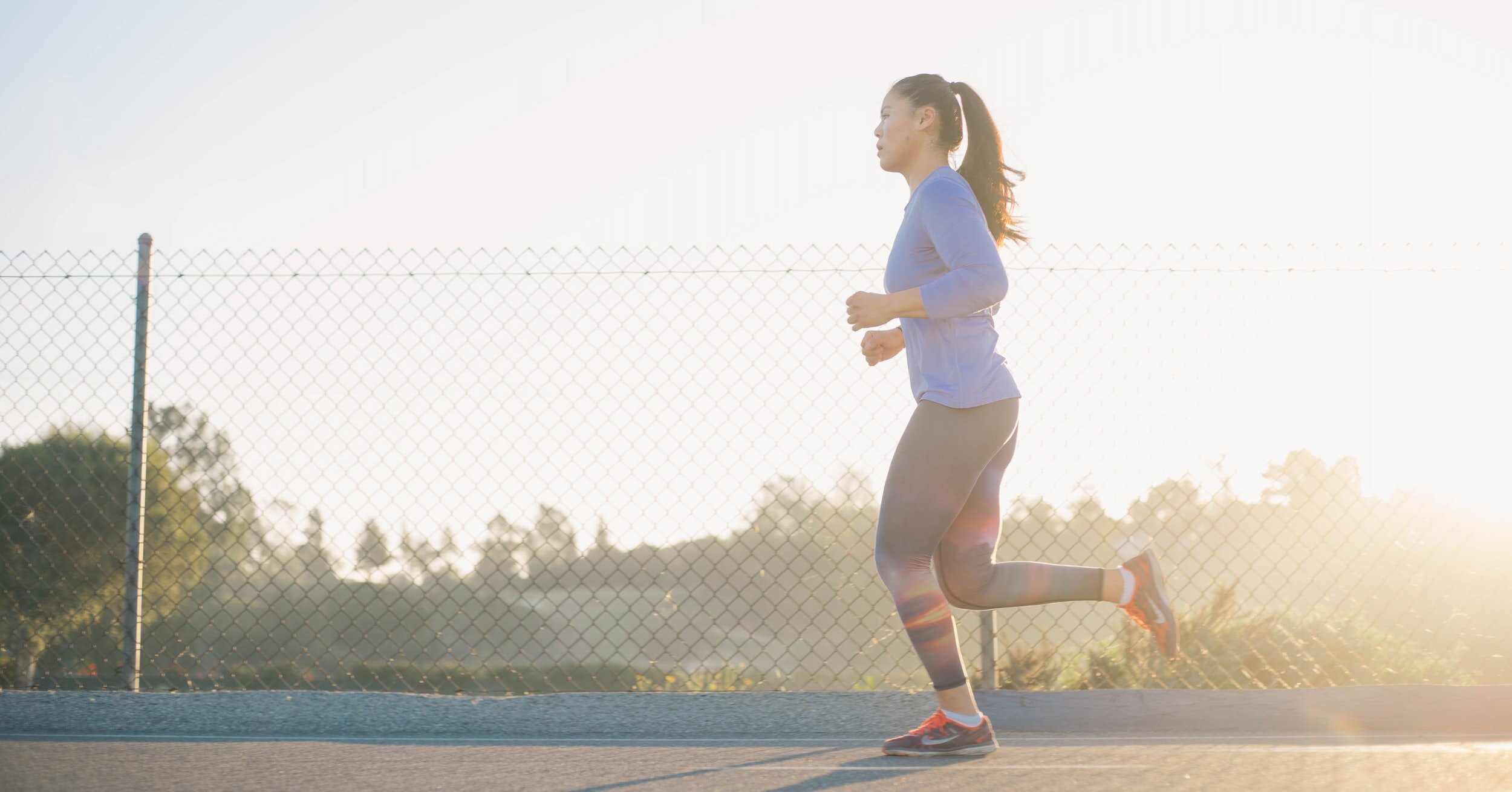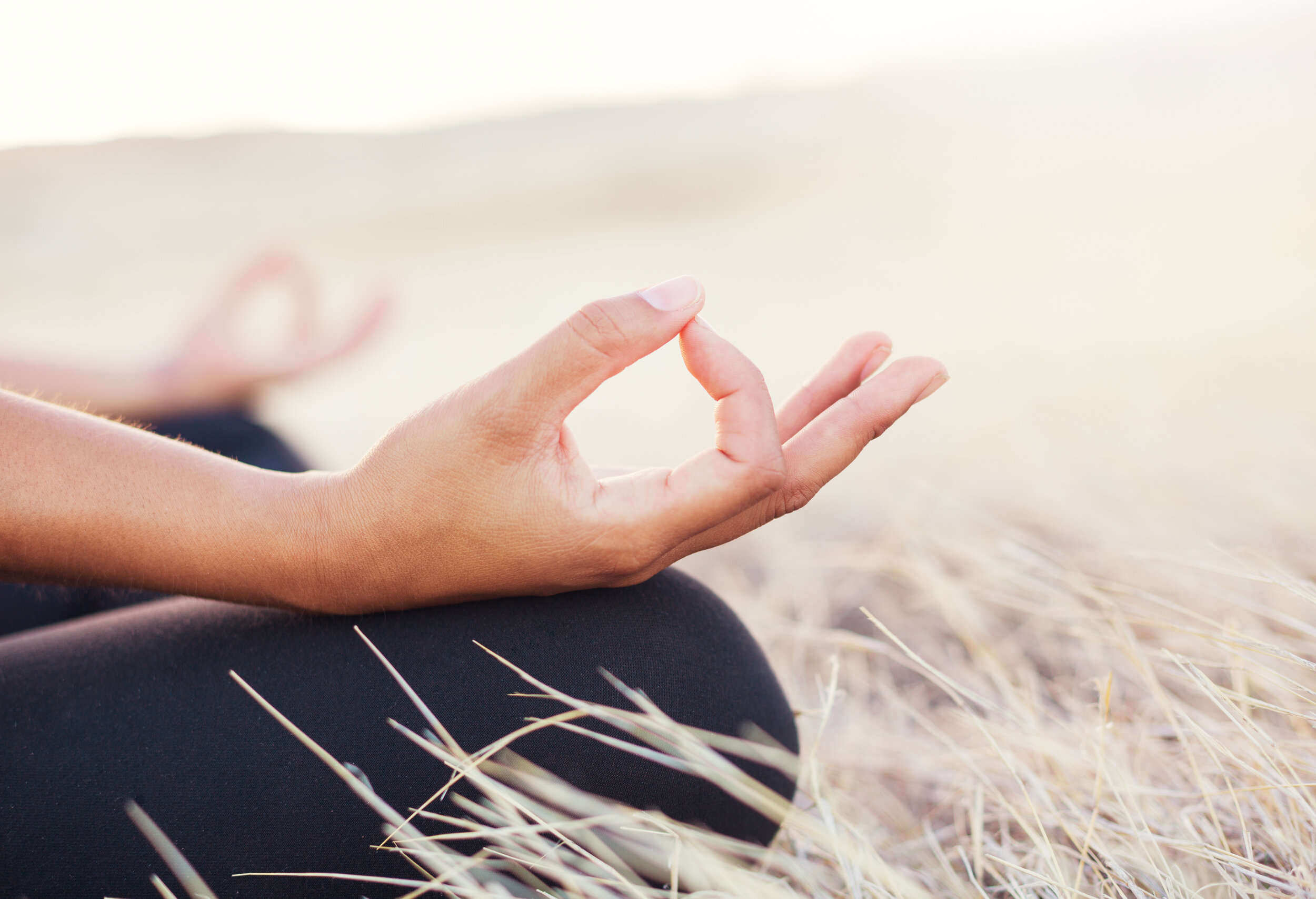The Healthy Back Series: Posture & Body Mechanics
We often take for granted the times we can move around our daily lives with ease. If you’ve ever hurt your back, you might have a deeper appreciation for the ability to move freely and without discomfort. There are many different aspects to maintaining a healthy back. We can keep our backs flexible and strong by focusing on a few different things. For the next few weeks I’ll be discussing how to keep our spine healthy as well as ways to prevent injury.
Highlights will include the amount of mobility needed to perform tasks, the importance of strengthening the surrounding muscles of the spine, and how to maintain proper posture during work and sleep.
We hear a lot about posture, but why is it important?
Maintaining good posture isn’t just for looks. We have natural curves in our spine that allow for specific movement and shock absorption. When our head and shoulders are hunched forward, there are several things taking place. There is increased compression at the base of the neck (bottom of the cervical spine), increased muscle tension of the upper traps, and decreased space in the shoulder joint. This makes you more prone to neck and back pain, as well as certain injuries such as tendinitis and impingement syndromes in the shoulder.
sitting posture at home and in the workplace:
It doesn’t take long to get an achy neck or back from poor seated posture, especially if you work at a desk for several hours. When organizing your workspace, make sure you can achieve 90 degree flexion at the elbow and hips. Adjust your chair and desk height if you’re able. Don’t forget to look at the height of your monitor as well. Luckily there’s tons of ergonomic equipment out there to make it a little easier to achieve these positions.
Using a Phone or Tablet
Anyone else guilty of curling up on the couch with your phone or iPad? After a few minutes of looking down, I start to feel the tension in my neck. I immediately try to stretch and look up towards the ceiling to relieve tension, when I know that it is really my poor sitting posture that’s causing this discomfort. We can easily make small adjustments that make a big difference. Take a look at the picture above. Just the simple notion of holding your phone higher or adding a pillow to your lap can correct your posture and relieve muscle tension.
Now let's talk sleep!
Finding the right sleep position can be a struggle, especially when you’re dealing with a recurrent injury, or regular aches and pains. Sleeping positions for a healthy back is probably not something you’ve given much thought. It is recommended that spine stay in a neutral position throughout the night. Some of this is out of our control as we toss and change positions throughout the night. In the picture below, the teal squares represent your pillows. It shows various head positions and sleep postures to achieve a neutral position.
The biggest things to note are the placement of those pillows, as well as their height. This will vary person to person, since we all come in different sizes. What you should be noticing is that if you're a side sleeper, you should have a pillow in between the legs. If you sleep on your back it helps to have a pillow under the knees and if possible, supportive pillows above the elbows as well. It seems like a lot of support, but if you can manage it, it can be very helpful. Another thing to note is that pillow height can alter the angle of the neck in any sleep position, so it is important to note your head should not be tilted in either direction, but should remain neutral.
Whether you sleep on your back, side, or even your stomach, the goal is to keep the spine in a neutral position.
Techniques for Heavy Lifting
The most effective way to prevent back injury is to use proper body mechanics. Even if you don’t lift heavy items on a daily basis, it's important to know how to lift items properly. If you think about the impact of lifting and transferring small objects throughout the day, those movements add up. If you’re consistently doing them improperly, that's when musculoskeletal dysfunction happens and your body starts to pay the price.
The picture below shows proper mechanics for heavy lifting.
You want to keep your elbows at a 90 degree angle while keeping the object you're lifting as close to your body as possible. The most important thing is to keep the back straight and use your legs! Your quads should be putting in most of the effort to do the lifting.
Don’t forget to squeeze your abdominals in throughout the task. Think of your core muscles as being a corset for the spine. The belly button should be pulled up and in towards the body. Avoid twisting your back, or lifting predominantly using your back or arms. It is often combined movements such as lifting and twisting at the same time, that causes a musculoskeletal issue such as a disc injury.
Common household injuries
Try to squat as much as possible when trying to retrieve an item off the floor, even if it's not heavy. Repetitive bending forwards towards the ground takes a toll on the lumbar spine, and will eventually lead to some discomfort. So when you go outside to pick up your Amazon package, or to clean up after the dog, avoid bending forward! Try squatting instead!
Picking up toys or small items on the ground
If you can get on the ground, do so! Squatting or getting down to a lunge position is also preferred to bending at the waist. Better yet, get the kids to do it and turn it into a fun game.
Carrying groceries
Keep the weight evenly distributed on both sides of the body. Avoid loading up your strong side with several grocery bags, especially when you are in motion.
Transferring and moving items
When you are putting items away, such as groceries or dishes, you want to avoid repetitive twisting. Move your feet! Don’t rotate you back to transfer objects from one side of the counter to the other. Pick the item up and move your feet. Same goes for placing items on shelves above you; place your body directly under the shelf you’re reaching for. Avoid twisting and reaching!
Vacuuming/cleaning
You want to avoid standing in one place and bending at the waist repeatedly, or moving your arm in and out. Walk! Use your legs to move the vacuum up and down the space. Sure, you may have to do some maneuvering with your arms to get around the furniture, but let the legs do most of the work.
When it comes to cleaning, move items to waist height when you can and avoid over reaching and twisting. Utilize step ladders and cleaning equipment when you can. Don’t forget to squeeze you abdominals when putting in the work!

















Do you struggle with side planks? Try a modified version on your forearm and knee. You can add different exercises in this position to work the side body while working towards a full side plank.